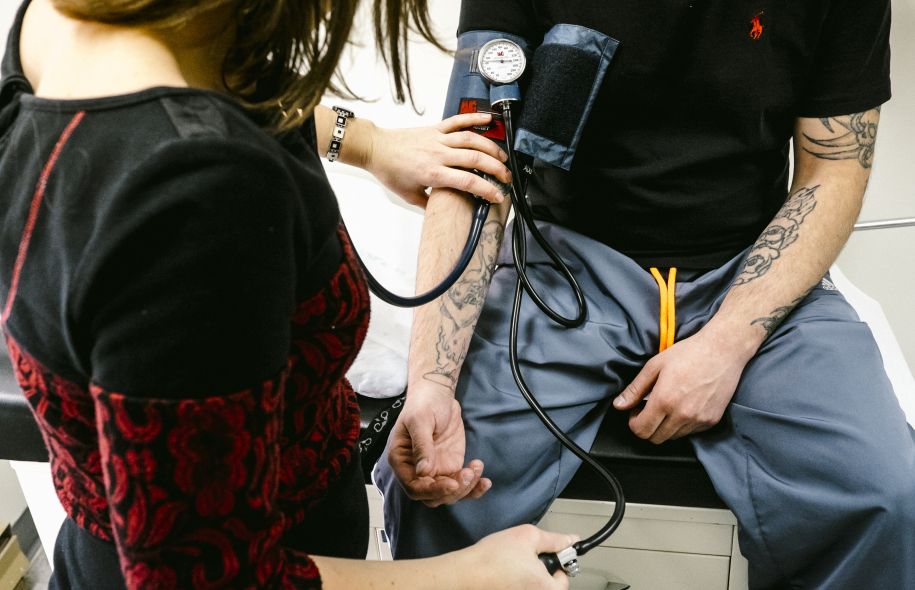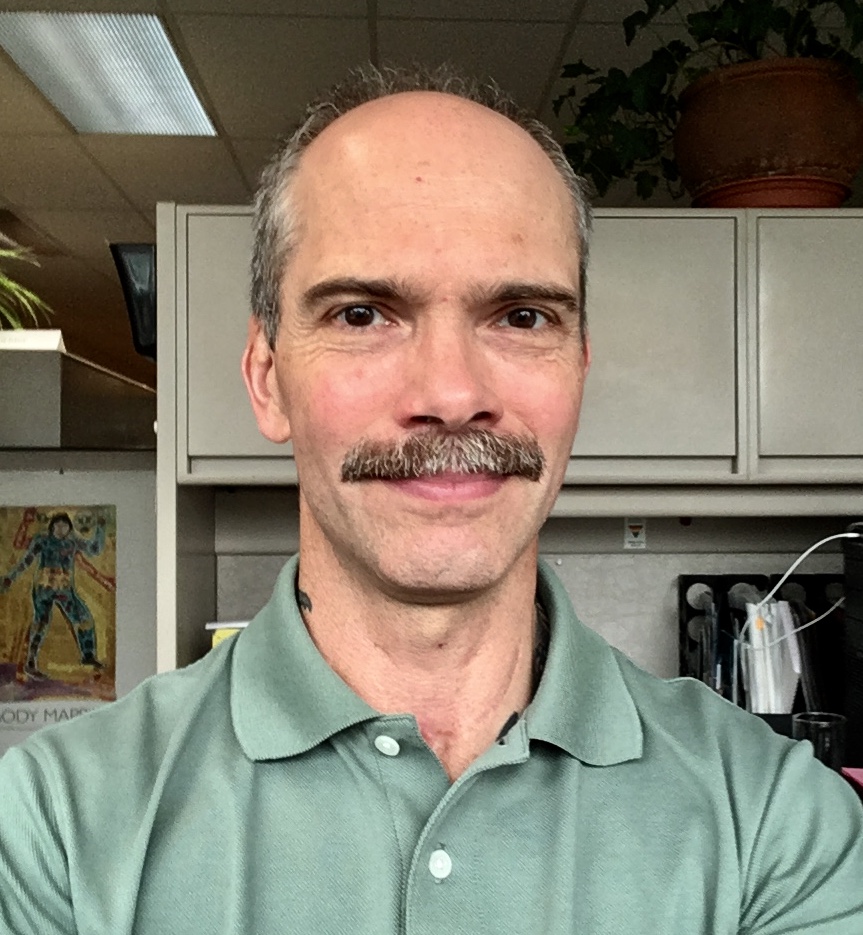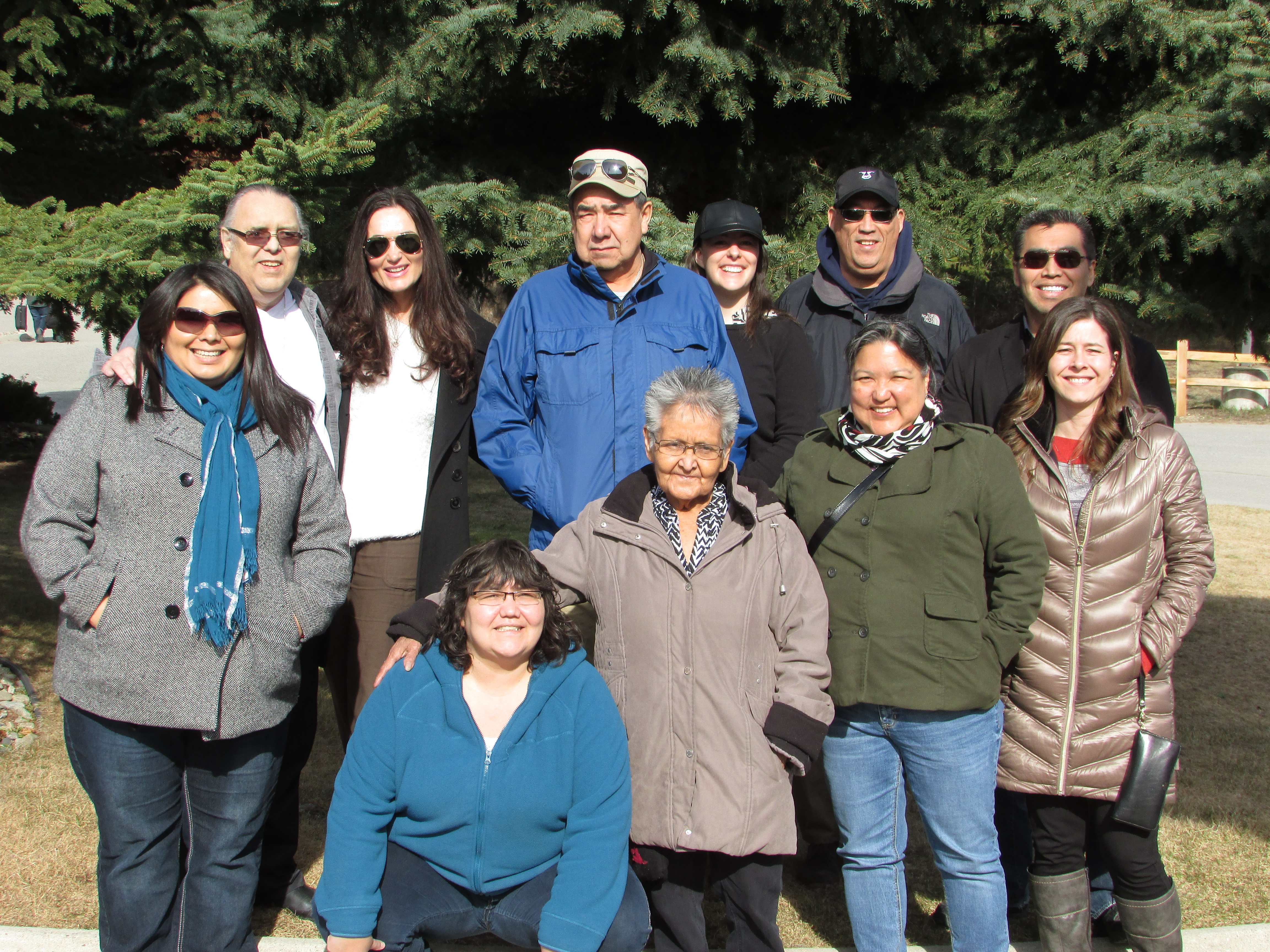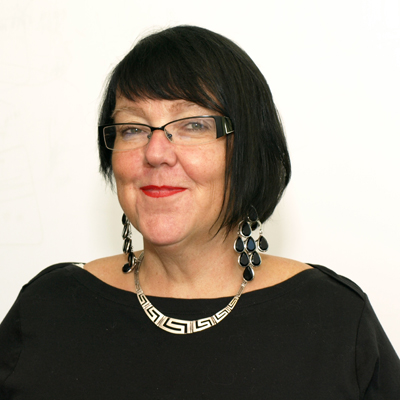How intimate partner violence affects women living with HIV
August 2, 2016 • By Sandra Ka Hon ChuA global study released last year revealed alarming figures concerning women living with HIV and violence. Among 945 women living with HIV from 94 countries who participated in the study, 89 per cent reported having experienced or feared violence before, since and/or because of their HIV diagnosis. Violence they experienced was reported to be higher after HIV diagnosis from their intimate partner and others in their social network.






